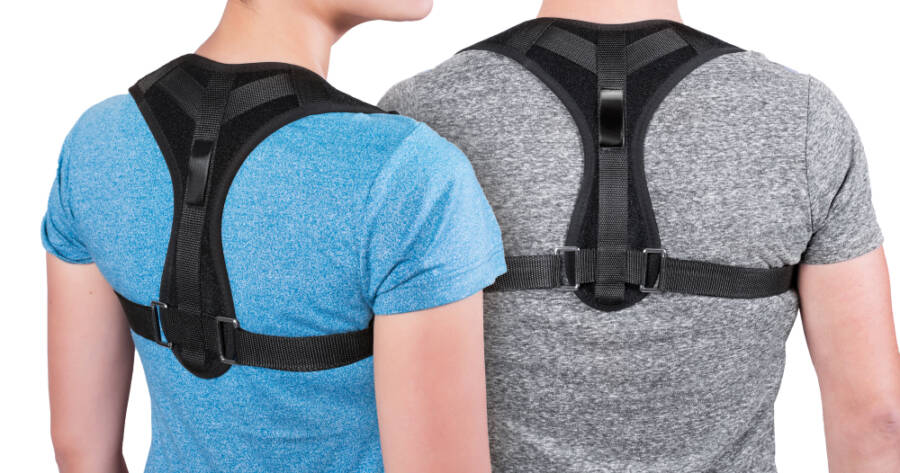Spending hours at a desk can take a toll on your body. Many people experience back, shoulder, and neck pain caused by slouching or sitting in awkward positions for long stretches of time. While exercise and regular breaks help, posture correctors are becoming a popular solution for additional support. Modern devices are designed to train your body to sit and stand in healthier positions, which can ease discomfort and encourage long-term habits that reduce back pain.
Why Desk Work Causes Posture Problems
Modern office work is often sedentary, with long periods spent staring at a computer. Without noticing, many people round their shoulders, crane their necks, or lean unevenly, creating strain on muscles and joints.
Over time, this leads to fatigue and pain. Poor posture doesn’t just affect the back—it can also cause tension headaches and reduced circulation. By addressing these bad habits early, you can prevent them from becoming chronic issues that interfere with productivity and well-being.
How Posture Correctors Work
Posture correctors are wearable devices, usually straps or braces, that gently guide your shoulders and spine into alignment. Instead of forcing your body into a rigid position, they provide subtle reminders to maintain healthier posture. Many are lightweight and adjustable, allowing you to wear them under clothing for a few hours each day. Over time, this consistent support trains your muscles to remember the correct position even when you aren’t wearing the device.
Some posture correctors are even equipped with sensors that vibrate when you begin to slouch. These smart versions offer instant feedback, helping you correct bad posture in real time. Whether simple or high-tech, the goal is the same: to reduce the strain that comes from repetitive poor positioning at your desk.
Benefits Beyond Back Pain Relief
While easing back discomfort is the main reason people try posture correctors, the benefits extend further. Aligning your spine properly can reduce pressure on the shoulders and neck, improving overall comfort. Good posture also helps open your chest, which may make breathing easier and increase energy.
Many users report feeling more confident and alert when standing and sitting upright. Over the long term, building stronger posture habits can improve balance, reduce tension, and create a healthier foundation for everyday movement.
Using Posture Correctors Effectively
To get the most out of a posture corrector, it’s important to use it as a training tool rather than a permanent solution. Wearing one for a few hours each day is usually enough to reinforce new habits. Pairing the device with simple stretches and strengthening exercises for the back and core enhances results.
Regular breaks from sitting—such as standing, walking, or adjusting your workstation—are also essential. A corrector should complement these lifestyle changes, not replace them.
What to Look for When Choosing One
Not all posture correctors are the same, so it’s worth considering your needs before choosing one. Comfort is key, as you’ll want a device you can wear consistently without irritation. Adjustability ensures that it fits your body properly, providing support without restricting movement.
If you’re interested in feedback-based tools, some smart models can connect to your phone and provide posture tracking. Ultimately, the best choice is one that encourages daily use while supporting your long-term goals for better posture.
Training Your Body Toward Better Habits
Back pain from desk work is a common challenge, but posture correctors can play an important role in easing discomfort and retraining your body. By guiding your spine into alignment and reminding you to avoid slouching, these tools help you develop healthier sitting and standing habits.
When combined with exercise, stretching, and mindful breaks, posture correctors offer a simple and effective way to reduce pain and improve overall well-being. With consistent use, you can turn small corrections into lasting comfort and confidence.

